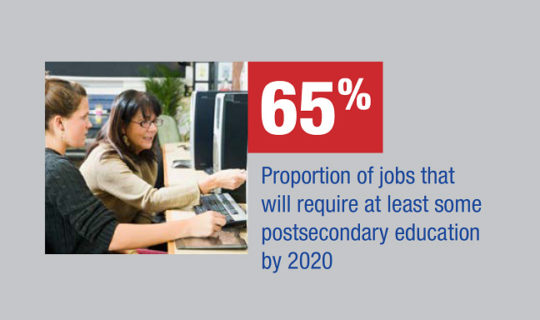Resource: Rigorous K–12 Assessments Help Reduce Remediation, Increase Student Success
This spring, 11th grade students in many states are taking new assessments designed to measure college-ready skills in mathematics and English. As more states implement these assessments, colleges and universities have an opportunity to redefine their placement policies, smoothing student transitions and reducing the need for costly remediation.
Many higher education leaders across the country have already played a significant role in shaping states’ high school assessments, working with K–12 to use the data from the new tests to better prepare students for, and ultimately place students into, college-level courses. These earlier, more accurate placements will allow educators to intervene sooner and build high-impact supports so that students enter college without the need for remediation, improving the chances that they will ultimately earn a degree or credential.
Higher education leaders in every state should support statewide assessments in high school that are aligned with college readiness standards and use them as early college readiness indicators, instead of waiting to assess students when they arrive on campus. Early warnings from rigorous, 11th grade assessments can help close preparation gaps before postsecondary enrollment, reducing time and money spent on non-credit-bearing coursework.
This alignment policy brief series is designed to elevate best practices and inform leaders in higher education about emerging collaborations with K–12. Our second issue focused on the opportunity to leverage rigorous, aligned statewide assessments in high school and use them as early college readiness indicators for placement into credit-bearing courses.







